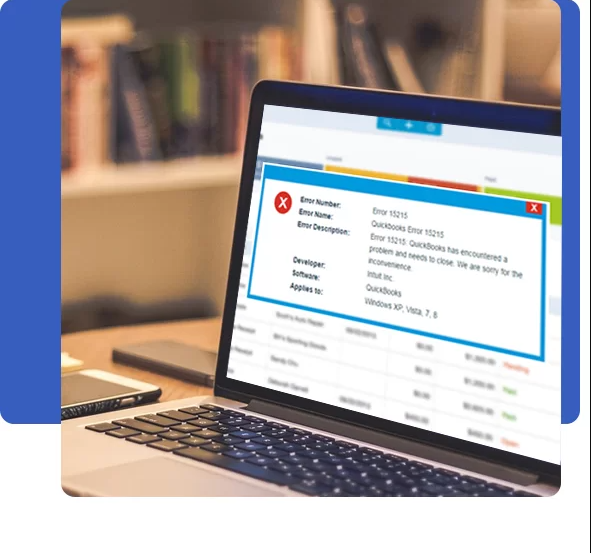Maritime Satellite Communication: Technological Advancements 2023

Satellite communication solutions have long been an important part of the maritime industry, linking ships to the world beyond the horizon. As the industry evolves, so does the technology that drives maritime communication.
In this blog article, we will look into the future of maritime satellite communication, finding the latest trends and breakthroughs that will change the way ships interact at sea.
Satellite Communication Services
Satellite communication entails sending data, voice, and video messages via satellites circling the Earth. Maritime vessels can establish flawless communication linkages regardless of their location in the vast oceans by utilizing a network of geostationary satellites positioned in space.
These satellites serve as relays, linking ships to onshore facilities and allowing crucial services such as voice calls, internet access, weather updates, and so on, to be provided. To satisfy the expanding demands of the maritime sector, maritime satellite communication has advanced significantly over the years. From early communication systems with low capacity to today’s sophisticated networks, the evolution has been astonishing.
Satellite communication has been used by the maritime sector as a crucial instrument for navigation, safety, crew welfare, and operational efficiency.
The Influence of Technological Innovations
In recent years, digitalization in the maritime industry has become crucial, requiring enterprises from all economic sectors to adapt. The maritime industry has seen major technology improvements that have altered the whole chain of supply. The utilization of digital satellite communication services and collaboration tools has become the industry norm.
New Trends in Maritime Satellite Communication
Low Earth Orbit (LEO) Satellites
The Benefits of LEO Constellations
Low Earth Orbit (LEO) satellites have the potential to transform satellite communication by enabling enormous constellations of spacecraft to orbit closer to the Earth. This proximity leads to shorter signal transmission lines and lower latency.
LEO satellites have various advantages for maritime communication, including increased coverage, faster data speeds, and reduced prices when compared to regular geostationary satellites.
Maritime Applications and Advantages
LEO satellites will be helpful in the digitalization of the maritime sector. LEO constellations have the potential to change the maritime industry, from real-time monitoring of vessel performance and condition to seamless connectivity for crew wellbeing. They also pave the way for new technologies like autonomous vessels and remote-controlled systems, bringing us closer to the era of smart shipping.
HTS (High Throughput Satellites)
Bandwidth and Connectivity Improvements
High-throughput satellites (HTS) promise a new era in satellite communication. HTS, which has substantially more capacity than regular satellites, can provide a huge improvement in bandwidth and connectivity for maritime operations.
This means faster data transfer, more seamless communication via satellite-based optimized video conferencing services, and easier access to cloud-based applications; all of these boost operational efficiency and crew welfare.
Higher Data Rates and Lower Latency
HTS also has a decreased latency, which reduces the time delay in signal transmission. This innovation is especially important for real-time applications like remote monitoring, video surveillance, and telemedicine, since it allows for speedier decision-making and increased safety measures aboard ships.
Latest Technological Advancements 2023
Automation and Robotics
Robotics technology offers the potential to assist people who do repetitive, risky, physically demanding, or heavy labor. Cargo handling systems that are automated to help port terminals run more swiftly and effectively. They contribute to a lesser risk of human error, lower emissions, and shorter wait times for ships at anchor. Almost all major ports around the world now have automated cranes. Robotics technology innovation also aims to alleviate labor shortages and boost overall productivity as compared to manual labor.
Analytics and Big Data
Large amounts of data are generated along the supply chain and are collected and analyzed in order to investigate and improve usage and operations. This is accomplished by identifying patterns and trends for making informed decisions.
System of Advanced Monitoring
The advanced monitoring systems used in the maritime industry are designed to continuously monitor environmental factors in real time, such as air and water quality, weather patterns, and vessel traffic. These systems use numerous sensors, satellite imagery, and other technologies to collect data about the ocean and its environment.
Cloud Computing and Data Sharing
Remote employment has become the norm, especially since the epidemic. Using a cloud-based computing system, all company apps and data must be accessible at all times from any device that is connected. Furthermore, data sharing is critical for ensuring effective operations, the administration of vessel and truck fleets, and smooth communication between remote sites, including sailing vessels and shore-based teams.
Conclusion
The future of satellite communication in the marine industry is promising with trends and technologies ready to alter how ships communicate and operate at sea. Accepting these advancements will result in increased safety, more efficient operations, and better crew wellbeing in the maritime industry.
IEC Telecom is the industry’s leading provider of cutting-edge maritime satellite communication services. With years of experience and a proven track record, IEC Telecom offers a wide variety of products and services that have been developed specifically to meet the distinct communication needs of maritime professionals.
Read Also : Maritime Satellite Communication: Technological Advancements 2023




